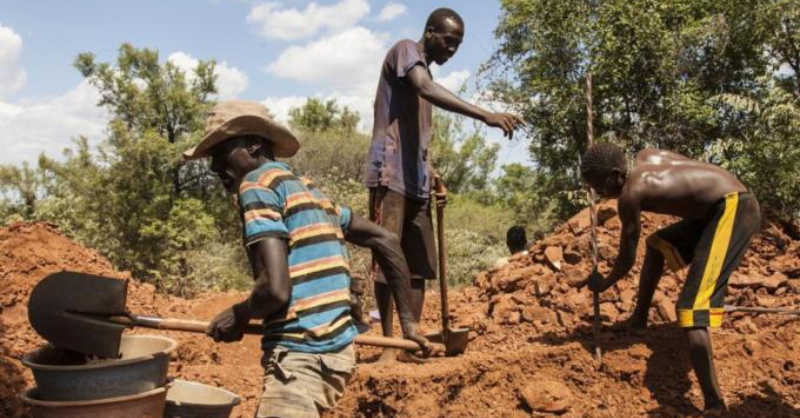
All that glitters is not gold
Gold Mining: as well as being the largest global artisanal mining activity, also faces a number of sustainability challenges. One is where it comes from, and another is how it's processed.
Summary: Gold Mining: as well as being the largest global artisanal mining activity, also faces a number of sustainability challenges. One is where it comes from, and another is how it's processed. And of course, you have the wild card question of why we mine it, or more strictly why we mine so much of it.
Why this is important: Gold mining is a good example of some of the challenges we face in ensuring that our mining is sustainable. While the scale of artisanal mining might seem small, until we find ways to formalise it, the existence of criminal and corrupt gangs has the potential to destabilise the supply chains that service our wider society. The solutions need to be local. This adds an extra layer of complexity for investors and activists.
The big theme: As we frequently remind people, as we move toward more sustainable business models, we will need mining more than ever. It's an industry where simple solutions are harder to find, which means investors and sustainability professionals need to dig down into the details.

The Detail
How big is the global gold mining industry?
The global gold mining industry is worth c. US$200bn, with annual production being close to 3,500 tonnes pa. While the industry used to be dominated by production from countries such as South Africa and Australia, there has been significant geographical diversification of mined gold supply over recent decades. Now China and Russia are the world’s largest producers, and within Africa, Ghana now has higher production than South Africa.

